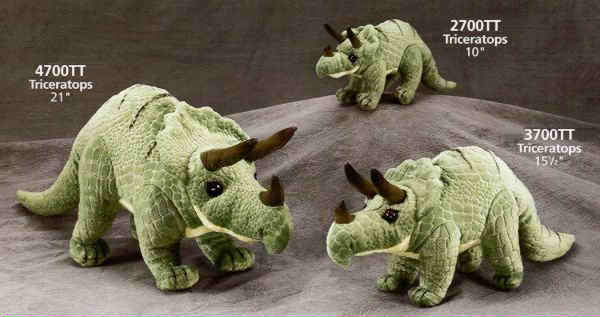Were there ever prehistoric rabbit dinosaurs?
Oldest fossil 'rabbit' unearthed.
Gomphos had long hind limbs, just like a modern rabbit
The fossilized skeleton of a rabbit-like creature that lived 55
million years ago has been found in Mongolia, Science magazine
reports.
Gomphos elkema, as it is known, is the oldest member of the
rabbit family ever to be found.
Gomphos was surprisingly similar to modern rabbits - and probably
hopped around on its elongated hindlimbs.
The fossil adds weight to the idea that rabbit-like creatures
first evolved no earlier than 65 million years ago.
"This skeleton is very complete," co-author Robert Asher, of
Humboldt Universitšt, Berlin, Germany, told the BBC News website.
"Gomphos gives us valuable information about the anatomy of early
rabbits - it tells us what they looked like.
"Gomphos had a true 'rabbit's foot'; that is, a foot more than
twice as long as the hand that could be used for hopping."
But the ancient creature did have some traits that were unlike
its modern relative. For example, Gomphos had quite a big tail
and some of its teeth were more squirrel-like than rabbit-like.
Scanty evidence
Prior to this discovery, the oldest, most complete fossil
lagomorphs (the family which includes rabbits, pikas and hares)
were about 35 million years old.
Scanty fossil evidence has led to some uncertainty about when
modern placental mammals first appeared
Scanty fossil evidence has led to some uncertainty about when
modern placental mammals first appeared in evolutionary time.
One camp believes that modern placental mammals (which include
elephants, bats, rabbits, lions etc, but not kangaroos, opossums
or echidnas) existed long before the famed "KT" boundary 65
million years ago, which marked the demise of the dinosaurs.
The other camp disagrees with this view, and instead claims that
modern placentals did not originate until close to, or shortly
after, this event.
Great extinction
Gomphos has waded - or hopped - into the debate, adding evidence
to the latter theory.
Hitherto, there was a strong school of thought that suggested
lagomorphs are more closely related to an extinct group of
Cretaceous animals called the "zalambdalestids", than they are to
other, modern mammal groups.
Zalambdalestids lived before the great mass extinction event 65
million years ago. So, if they were close relatives of the
lagomorphs, it would suggest modern placental groups were
diverging during the Cretaceous period.
But an analysis of Gomphos suggests this is not the case, Dr
Asher and his colleagues believe. This makes it more likely that
modern lagomorphs - and other placental mammals - originated
after the dinosaurs went extinct.
"This skeleton gives us more data to throw into the analysis," he
told the BBC News website. "And using this new information we
favor the second idea."
Awesome Rabbit & Dinosaur Calendars
Stuffed Plush Rabbits & Stuffed Dinosaurs

